

? | Homepage



Welcome to my website dedicated to home studio recording!
For years, I’ve been composing, recording, and mixing my own music. This site was born from the desire to share that experience with you.
Creating computer-assisted music doesn’t necessarily require a big budget. Sure, a minimum amount of gear is essential, but when it comes to software, there’s something for every need and every price point (including free options), whether you're looking for recording software (DAWs), effects, or virtual instruments.
On this site, you’ll find a complete tutorial on mixing a track from start to finish, advice on choosing the right equipment, an overview of the main DAWs, and a section dedicated to amp simulators (both free and paid) for guitar players.
And if you're curious, I also invite you to discover my own compositions, entirely produced in a home studio with limited resources.
Enjoy your visit, and most importantly, enjoy making music!
Grebz

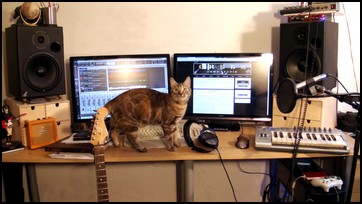

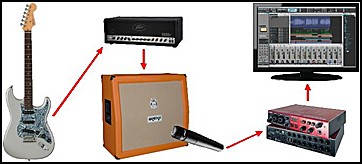

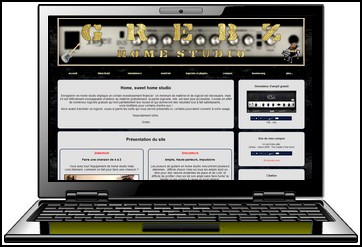

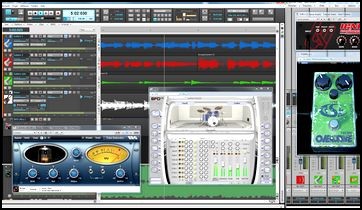

I wrote my first pieces of music on a Commodore Amiga computer back in 1988.
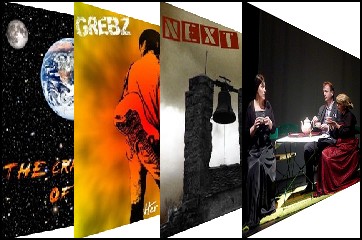
Today, I compose in a Pop-Rock style, with forays into other genres, including orchestral and electronic music. My main goal is to enjoy the process, and if others enjoy listening too, then I’ve succeeded.
I also compose music for theatre plays.



Messages page # 1 2 3 4 5 6 7 8 9 10 11 12 13 14 15 16 17 18 19 20 21 22 23 24 25 26 27 28 29 30 31 32 33 34 35

Stanman
le 16/04/2019 à 06h56
Just wanted to thank you for your time organizing this. It took me days to compile all of these in the past! I am switching to a new workstation. This will be very handy.
* * * * * * * * * * * * * * * *
You're welcome. I'm sorry to say that I don't have much time anymore to update my website, and some information are getting a bit old. Some day, I'll make new tutorials about mixing a song, with better techniques than currently available at the moment, but they're still valid to some extent. Thanks for your support!

alessandrolima
le 31/01/2019 à 23h24
Dude, thanks a lot for this tutorial. It really helped me a lot. God bless you!

slashburn
le 02/12/2018 à 19h53
Bonjour,
Sur le "jcm 800 mercurial", quelle différence entre la 12ax7eh et la 12ax7rsd ?
Je trouve la rsd plus "grasse" et plus disto, votre avis ?
* * * * * * * * * * * * * * * *
Bonjour,
Effectivement, comme ça simule 2 variantes d'une lampe 12ax7, le son change un peu entre les deux, ce qui permet d'étendre les possibilités du simulateur.
La RSD est un peu plus pêchue et un peu plus brillante, alors que la EH met plus les basses en avant.
À choisir en fonction de ce qu'on cherche comme type de son.
Grebz

Manouzot
le 07/08/2018 à 21h58
Salut !
Tout d'abord UN GRAND MERCI pour ton site et tes plugins. Sincèrement, c'est top !
Je suis sur Mac : j'ai téléchargé ignite_amps_nadir_1_0_2_mac et les amp Mac AU.
Bien mis dans le répertoire de mes plugins et components et aucun n'apparaît dans Logic Pro X ?
Quelqu'un sait pourquoi ?
Merci pour l'aide

patvan
le 27/06/2018 à 12h50
Hi, I just stumbled on your website. Very impressed I must say. I'm planning to buy TSE X50 also. I'm currently owning a squire Strat and was wondering how I would get a warm jazz tone out of the guitar. Any idea what settings on the TSE X50 could work ? A tone like here : https://www.youtube.com/watch?v=nkW8gKsZiVk
Cheers,
Patrick
